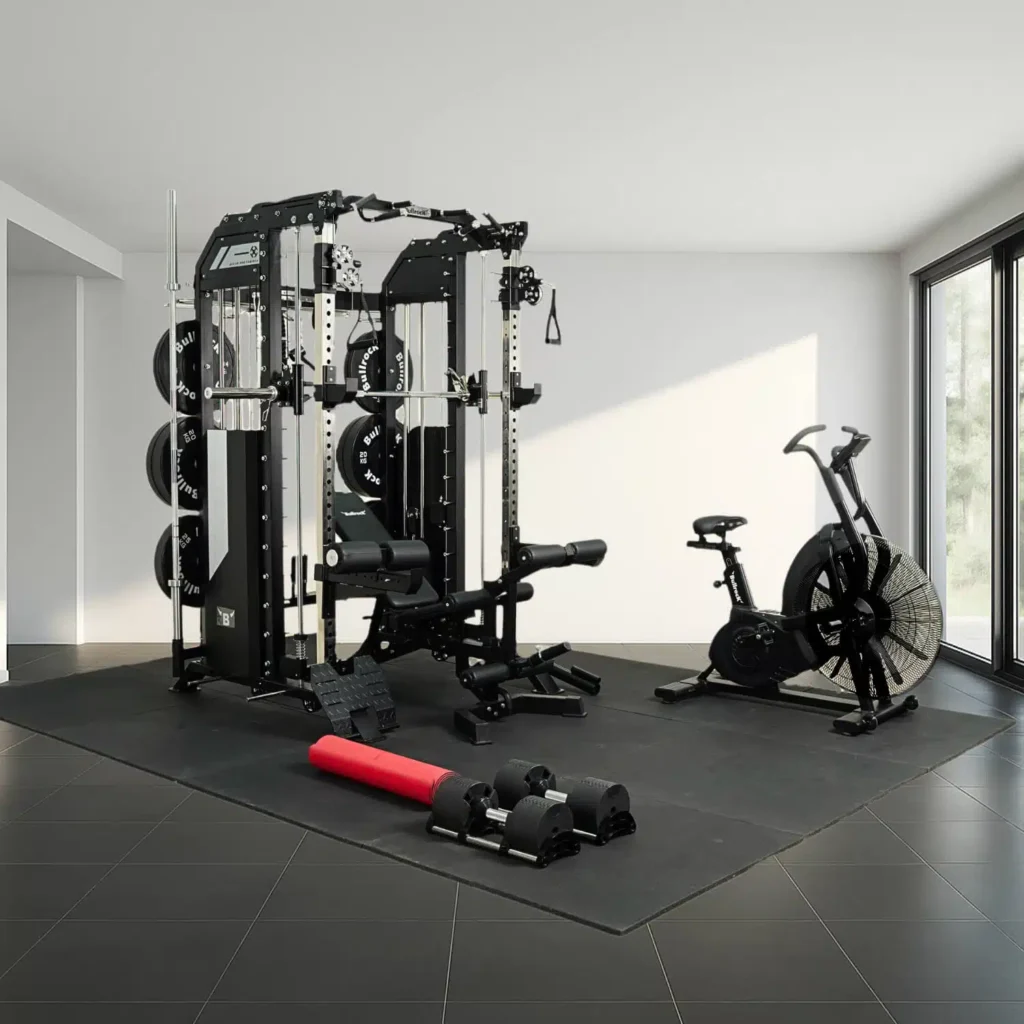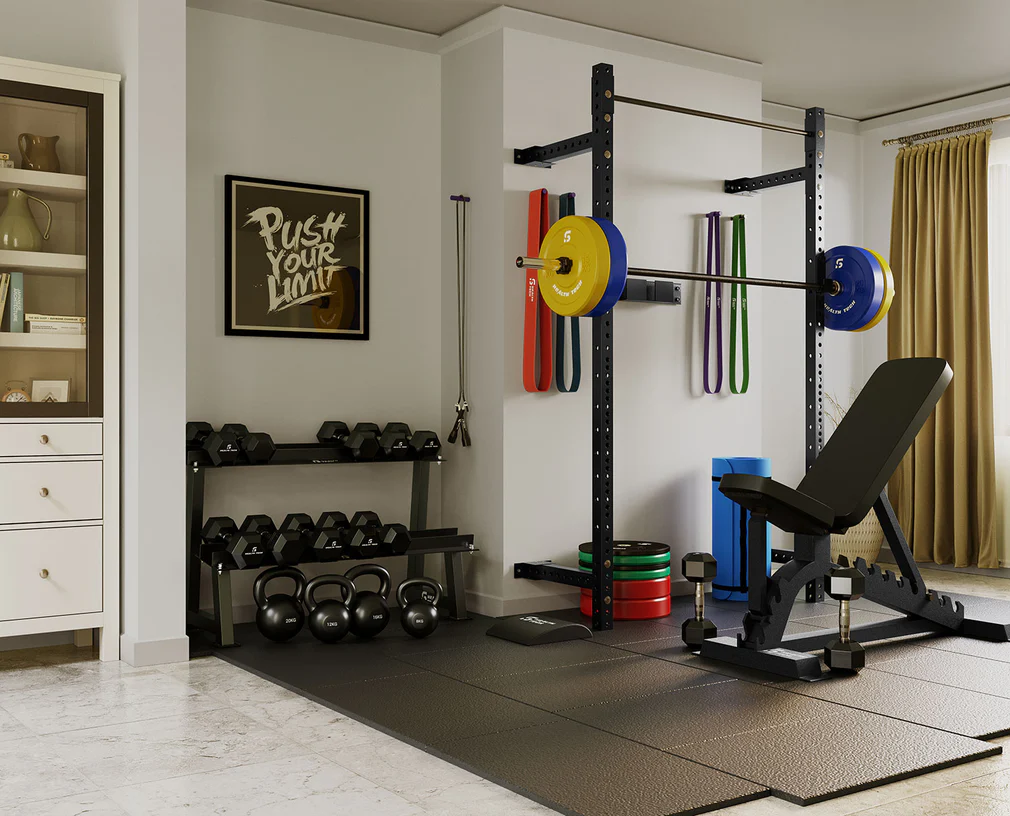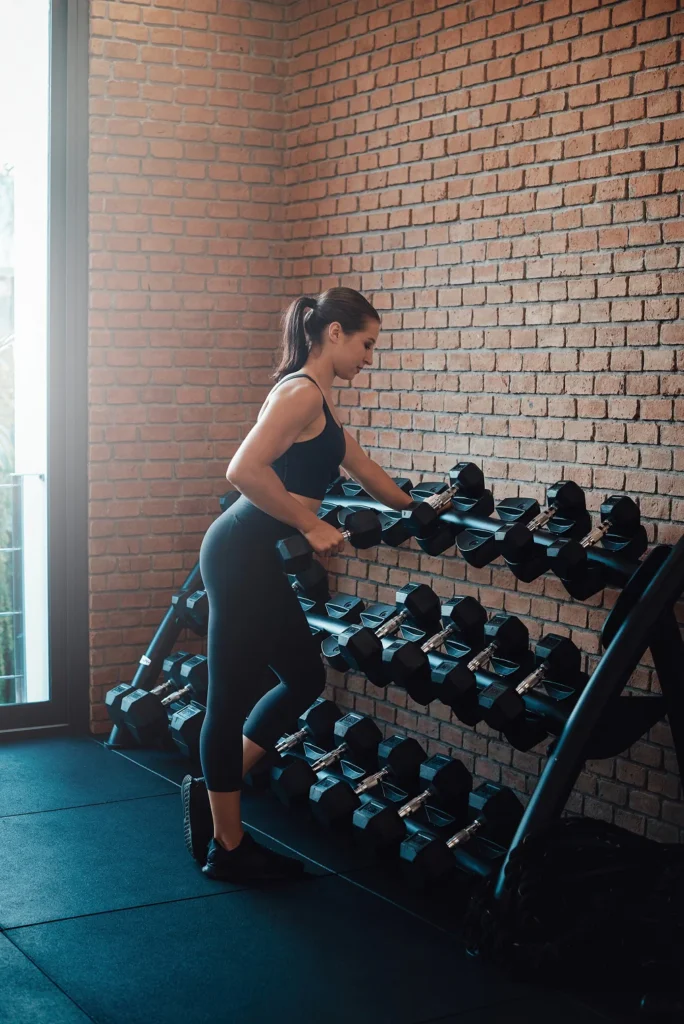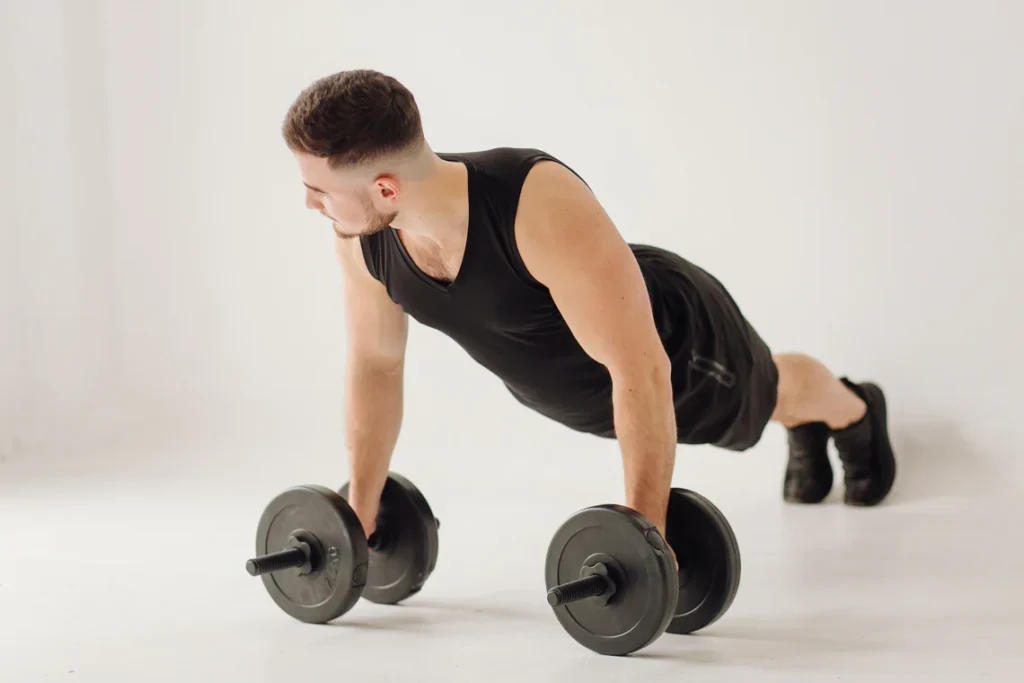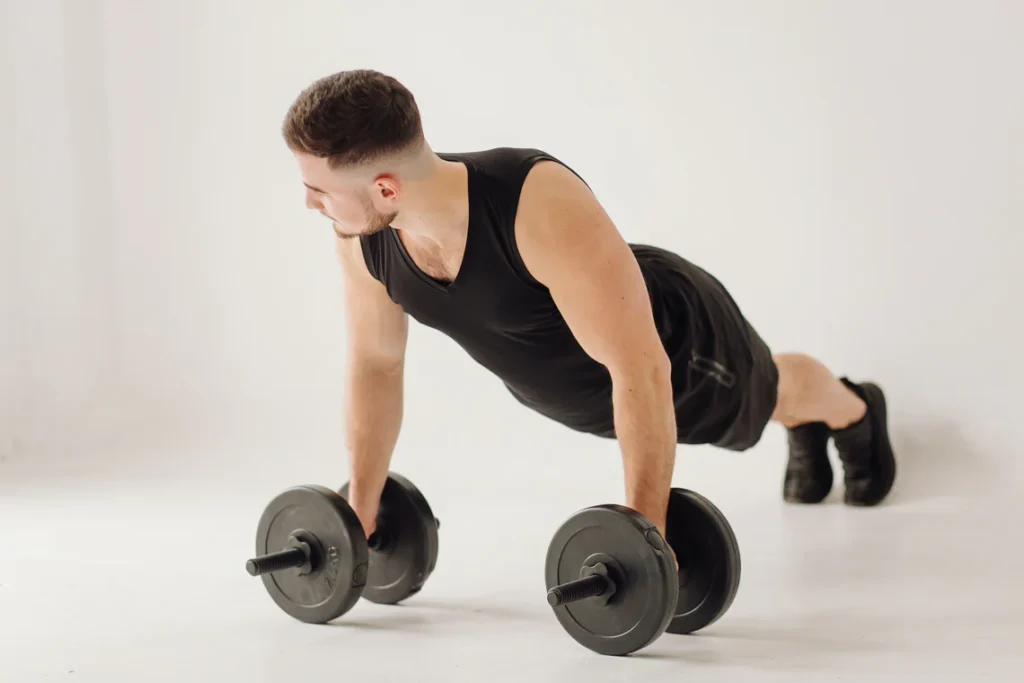Introduction to Gym Equipment
The starting point of a fitness journey is difficult and scary. If you’re at this point, ready to make some serious lifestyle changes, one visit to your local gym can freeze your intentions of working out in the gym. We understand what you might be going through. After seeing dozens of machines and exercise equipment lined up neatly in the gym, you are not sure if you are ready to conquer them all. Understanding your gym equipment and putting together an exercise regime can be a daunting process. Therefore, we’ve compiled a quick exercise equipment guide that will free you from the unknown so you can develop an informed workout regimen and expand your fitness horizons. Squat Power Rack Squat Power Rack is affordable and occupies lesser space as compared to a full rack. It is usually meant to help with squats and bench press. However, it can used for various other exercises. eg. shoulder press, push press etc. Tips: When you squat, Go down until your hips are below parallel to the floor Prevent your knees from extending past your toes. Keep your back straight. Keep your head neutral and your core tight. Position your feet, pointing slightly outward and slightly wider than hip-width. Muscles Trained: Glutes, Quads & Hamstrings. Barbells A barbell is probably the most versatile equipment in any gym. It makes sure that you maintain a good posture and keep your body from swaying when exercising. You can literally do all desirable exercise with barbells. The most common exercises are divided into: Powerlifting – squats, bench press & deadlifts, and Weightlifting – clean & jerk & snatches. Tips: Set up is key for any exercise especially with barbells. Hence, it is very important to maintain a good form while lifting. Muscles Trained: All your muscles are engaged, especially if you are doing deadlifts. Weight Bench This is another versatile must-have for any gym. Weight bench is usually adjustable. It consists of three angles: Incline, flat and decline bench. A weight bench can be used for many exercises, including chest press, shoulder press, bend over row, bicep exercises and many more. There are various techniques when doing a bench press; the best three are wide grip, close grip, and close grip with elbows in. Tips: When doing bench press, Do not try to bounce the bar off your chest. Do not lower the bar towards your abdomen or neck. It can seriously injure you if you have excessive weight and suddenly lose control. Keep your feet grounded to the floor. Muscles Trained: Biceps, triceps, lats, shoulders, chest, and upper back. Preacher Curl Bench This bench is the perfect equipment for beginners to start their bicep training by making use of a curl bar. This equipment provides precise contraction, separating the elbow movement from the rest of the body. Tips: When you use the preacher curl bench, Sit with your triceps resting on the preacher bench pad and your underarms at the top of the edge. However, there are a few don’ts you need to avoid: Do not extend your arm too far; to get leverage and complete the curl, do not shift your body downwards toward the weight; do not use too much weight. This will lower the bar or dumbbell too far for down, making you lose control. Muscles Trained: Biceps, forearms, and brachialis. Leg Press Machine The leg press machine is to work on the quadriceps, hamstrings and calves at the same time. The machine comes with a backrest, a leg press and an adjustable seat. To correctly exercise on this machine, you need to bend your legs and extend them slowly while the knees should be in a soft lock position. Tips: When using a leg press machine, Do not lift the hips when the weight is lowered. Don’t lock your knees at the top of the movement when your legs are fully extended. Avoid using too much or too little weight. Push with both your legs. Muscles Trained: Quads (quadriceps), adductors, gluteus maximus, and hamstrings. Calf Machine This machine is very common in the gym, and it is used for lifting weights with your feet by pushing it upwards. Tips: When you use the calf machine, Sit with your knees bent at a right angle. The balls of the feet should rest on the footrest. The heels should be free to move. Lift your heels as high as possible while pushing the pads on your knees as high as you can. Once you reach the peak, hold it there for a moment and then slowly release to lower your heels. All the while, make sure that you breathe normally. Keep the weight under control and do not bounce or take one foot off the footrest before finishing a set or starting with another one. First, lower the weight and then remove the feet. Muscles Trained: Mainly calves and secondary muscles that include gastrocnemius, peroneus longus and brevis, tibialis posterior, and plantar flexors. Lat Pull Down/Low Row Lat pull down/Low Row machine is a 2 in 1 machine that helps in making your back stronger. Lat Pull down helps to develop upper back, while, Low Row helps to develop mid to lower back. Tips: when using the lat pull down row machine Do not get the bar down to your belly. Lowering the bar to your belly means that you are not using enough weight. Do not bend your torso to get help from your abs muscles and chest to complete your movements. Avoid using too much or too little weight. Use a comfortable grip. Muscles Trained: Lats, upper and lower back Kettlebells Kettlebells are used to target the entire body. It engages stabilization of the muscles through the performance of smooth, free-flowing movements. Muscles Trained: Different muscle groups depending on the exercise you choose. EZ Curl Bar An EZ curl bar is a small barbell that allows you to perform various arm exercises while safely engaging your wrists. Muscles Trained: Biceps
